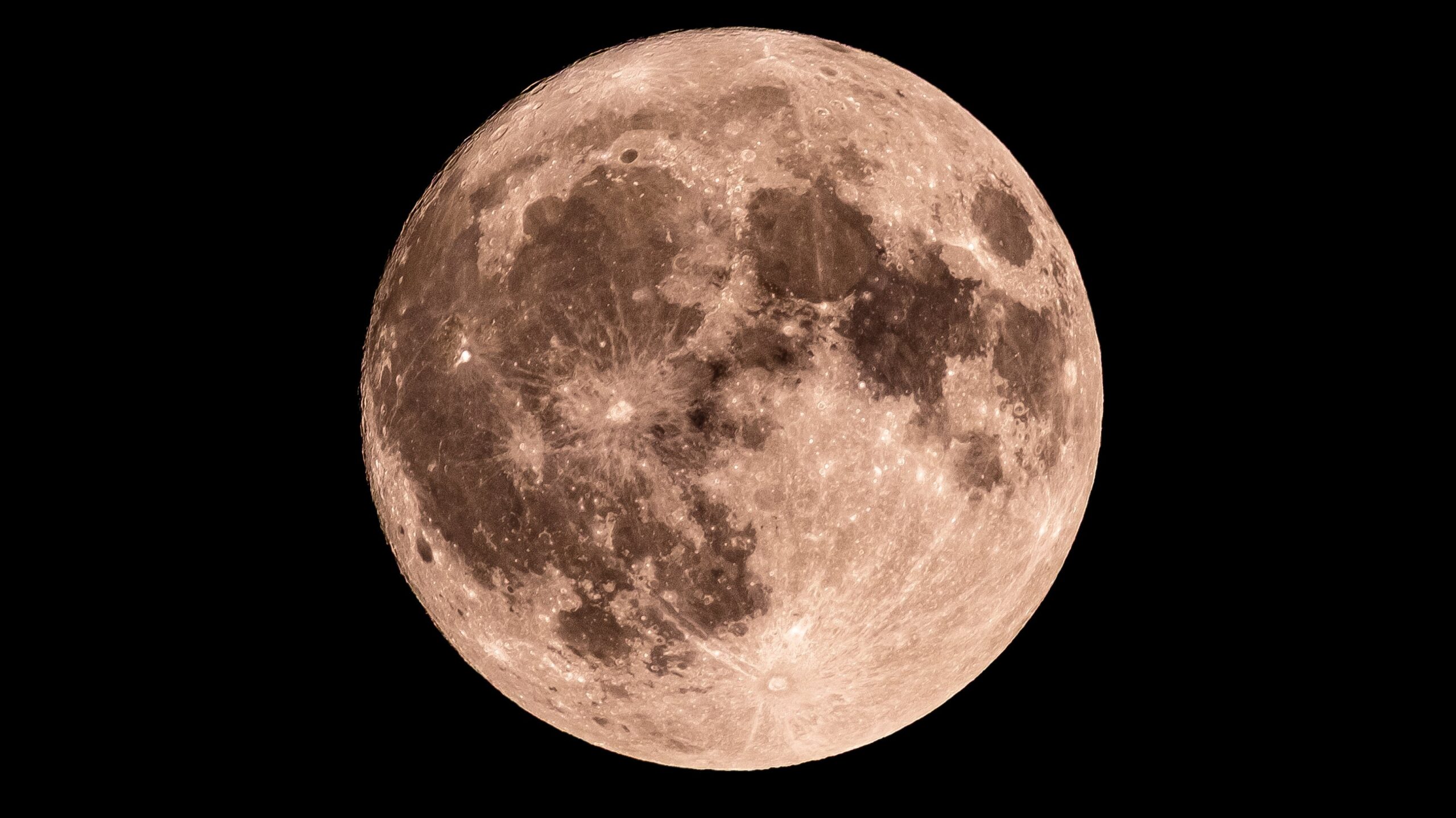Science
Discover the Moon’s Waxing Crescent Phase on September 27

As night falls on September 27, 2023, stargazers can enjoy a view of the Moon in its Waxing Crescent phase, with approximately 27% of its surface illuminated. This phase occurs on day six of the lunar cycle and offers a unique opportunity to observe various features on the Moon’s surface without the need for specialized equipment.
The Waxing Crescent Moon allows observers to spot the Mare Crisium, a prominent lunar mare located on the Moon’s surface. By directing your gaze to the middle right of the Moon, you can also see the Mare Fecunditatis. For those viewing from the Southern Hemisphere, these features will appear reversed, with Mare Crisium positioned towards the bottom left.
For those equipped with binoculars, the Posidonius Crater, known for its lava-filled structure, comes into clearer view. Additionally, using a telescope can reveal the landing site of the Apollo 17 mission, the last crewed lunar landing of the Apollo program.
Upcoming Lunar Events
Looking ahead, the next full moon will occur on October 6, 2023, following the last full moon on September 7. These lunar phases are part of a consistent cycle lasting approximately 29.5 days, which is influenced by the changing angles between the Earth, the Moon, and the Sun.
NASA explains that the different appearances of the Moon are due to the varying amounts of sunlight that illuminate its surface as it orbits the Earth. The Moon consistently presents the same face towards our planet; only the amount of illumination changes, resulting in various phases.
Understanding Moon Phases
The lunar cycle consists of eight main phases, each with distinct characteristics:
1. **New Moon**: The Moon is located between the Earth and the Sun, rendering it invisible from our perspective.
2. **Waxing Crescent**: A small sliver of light appears on the right side in the Northern Hemisphere.
3. **First Quarter**: Half of the Moon is illuminated on the right side, resembling a half-moon.
4. **Waxing Gibbous**: More than half of the Moon is illuminated, approaching fullness.
5. **Full Moon**: The entire face of the Moon is illuminated and fully visible.
6. **Waning Gibbous**: The Moon begins to lose light from the right side.
7. **Last Quarter**: Another half-moon, this time with the left side illuminated.
8. **Waning Crescent**: A thin sliver of light remains on the left side before the Moon returns to darkness.
Understanding these phases enhances the appreciation of the Moon’s beauty and its impact on Earth’s natural rhythms. As you gaze at the sky tonight, take a moment to marvel at the intricate dance of celestial bodies that shapes our view of the universe.
-

 Technology5 months ago
Technology5 months agoDiscover the Top 10 Calorie Counting Apps of 2025
-

 Health2 months ago
Health2 months agoBella Hadid Shares Health Update After Treatment for Lyme Disease
-

 Health3 months ago
Health3 months agoErin Bates Shares Recovery Update Following Sepsis Complications
-

 Technology4 months ago
Technology4 months agoDiscover How to Reverse Image Search Using ChatGPT Effortlessly
-

 Technology1 month ago
Technology1 month agoDiscover 2025’s Top GPUs for Exceptional 4K Gaming Performance
-

 Technology2 months ago
Technology2 months agoElectric Moto Influencer Surronster Arrested in Tijuana
-

 Technology5 months ago
Technology5 months agoMeta Initiates $60B AI Data Center Expansion, Starting in Ohio
-

 Technology5 months ago
Technology5 months agoRecovering a Suspended TikTok Account: A Step-by-Step Guide
-

 Health4 months ago
Health4 months agoTested: Rab Firewall Mountain Jacket Survives Harsh Conditions
-

 Lifestyle5 months ago
Lifestyle5 months agoBelton Family Reunites After Daughter Survives Hill Country Floods
-

 Technology4 months ago
Technology4 months agoHarmonic Launches AI Chatbot App to Transform Mathematical Reasoning
-

 Technology3 months ago
Technology3 months agoUncovering the Top Five Most Challenging Motorcycles to Ride



















